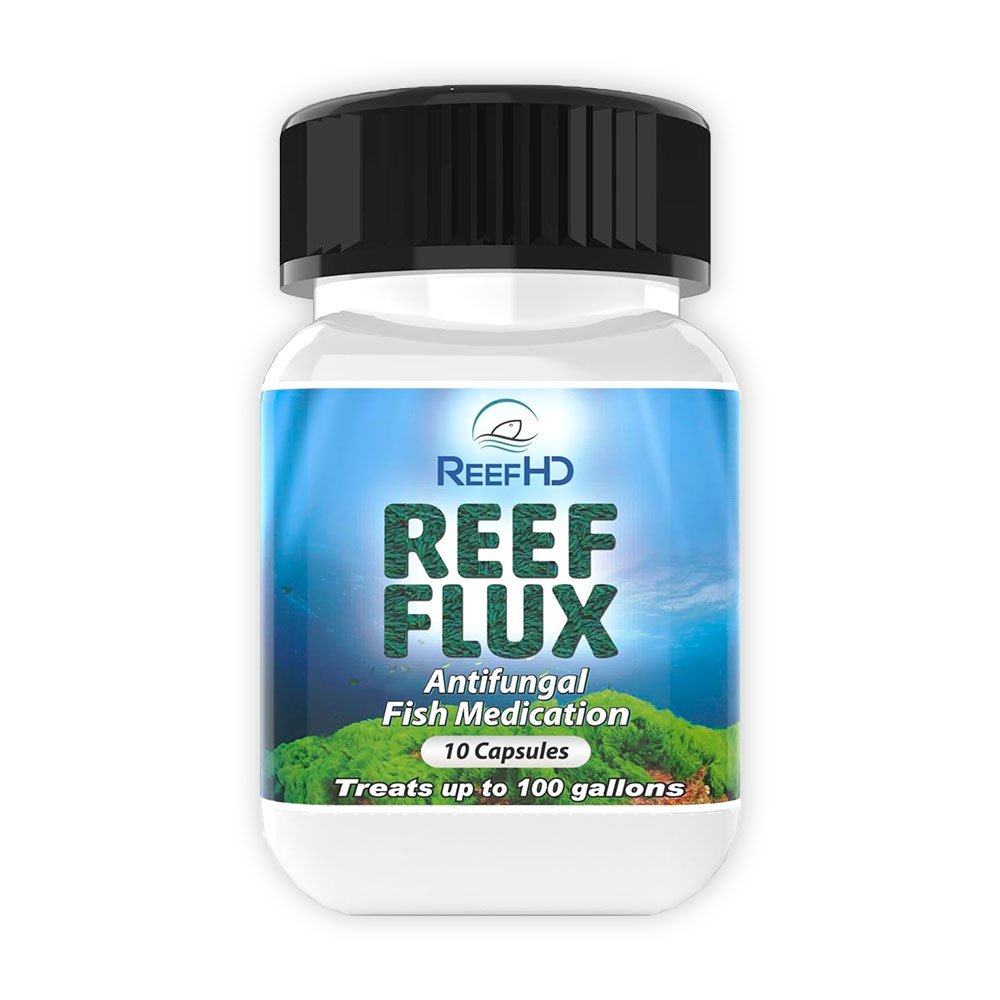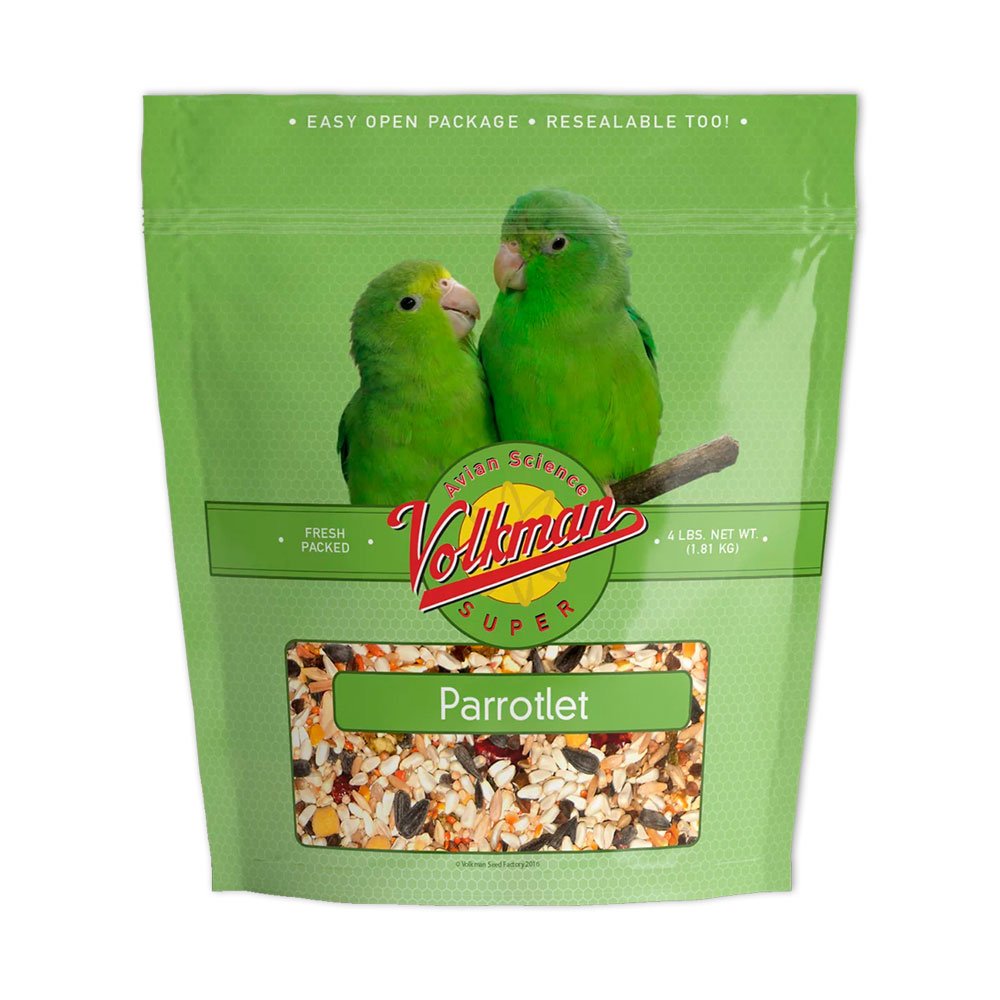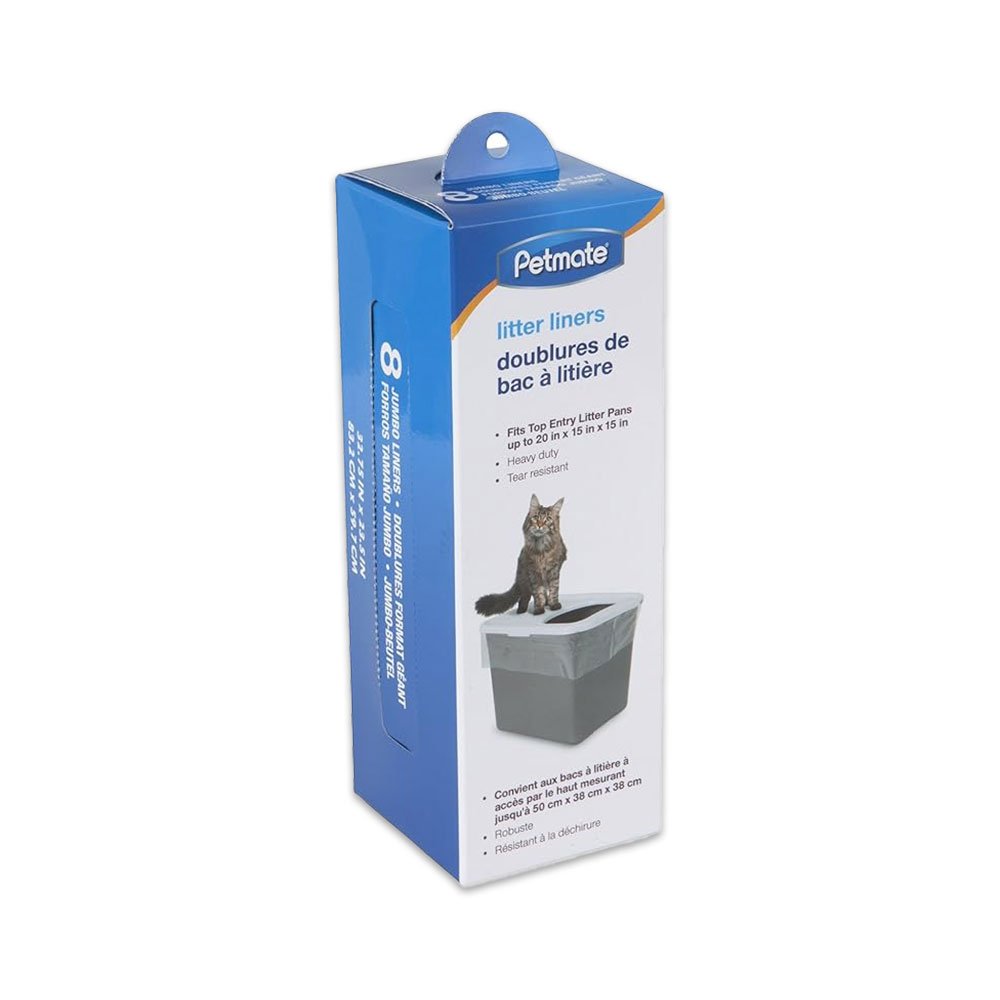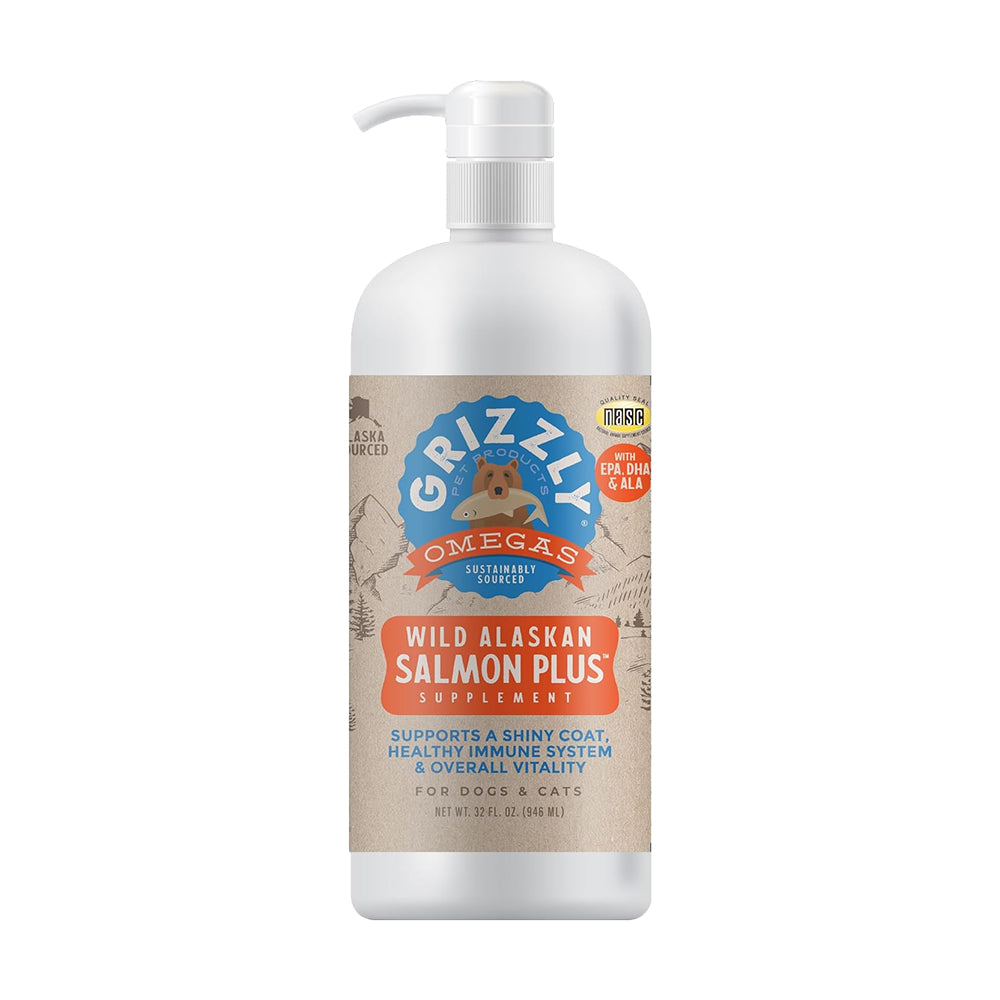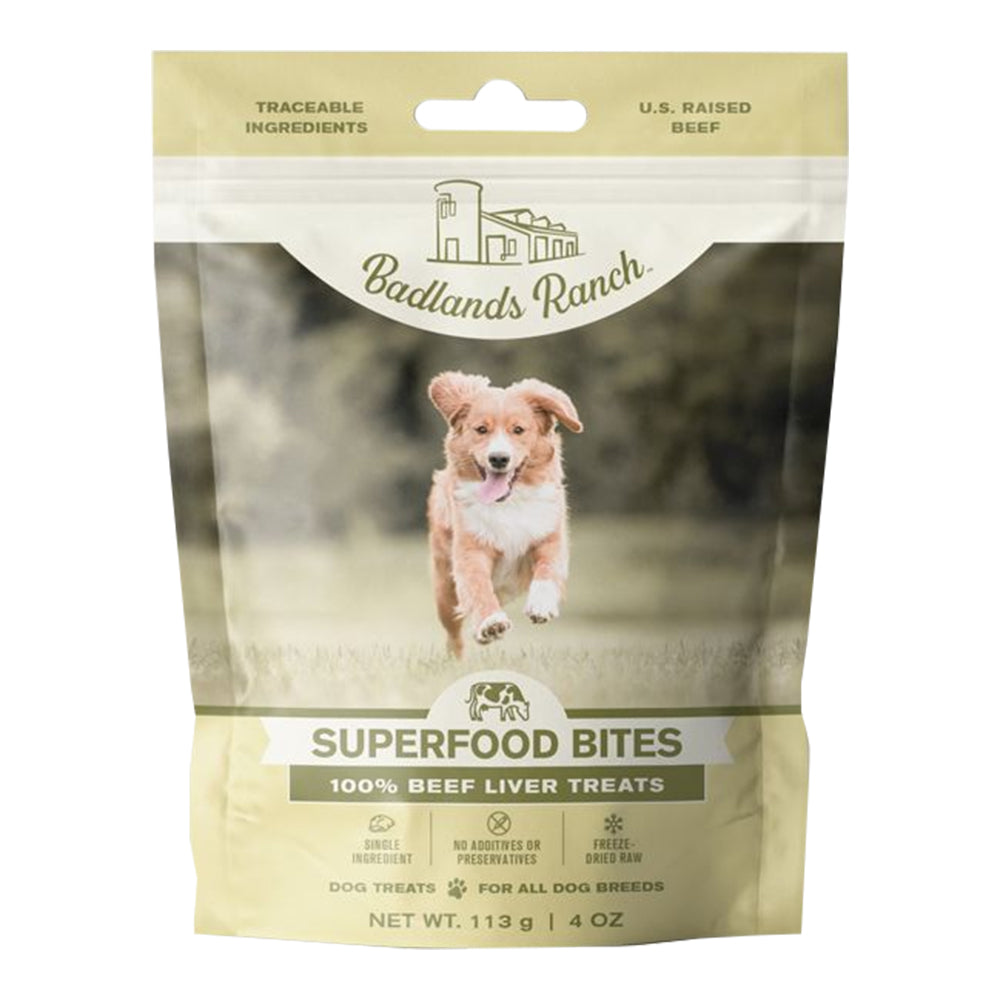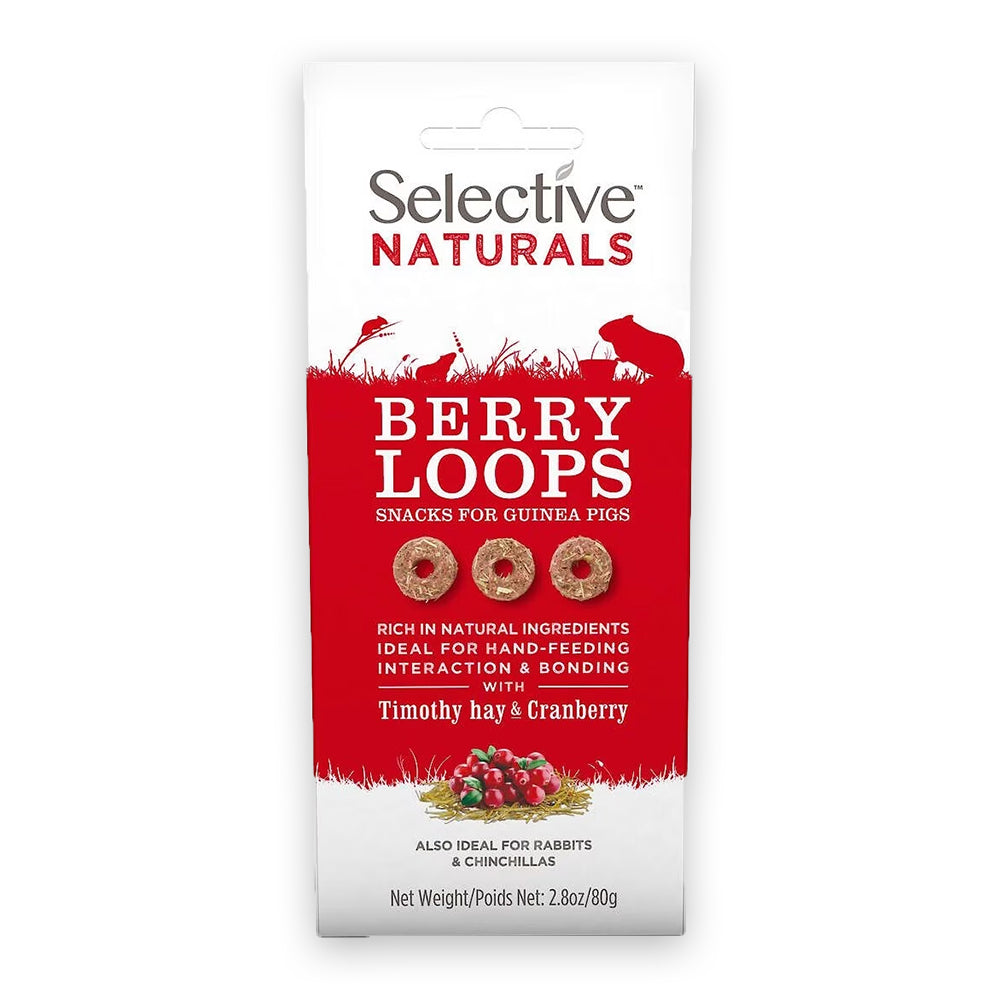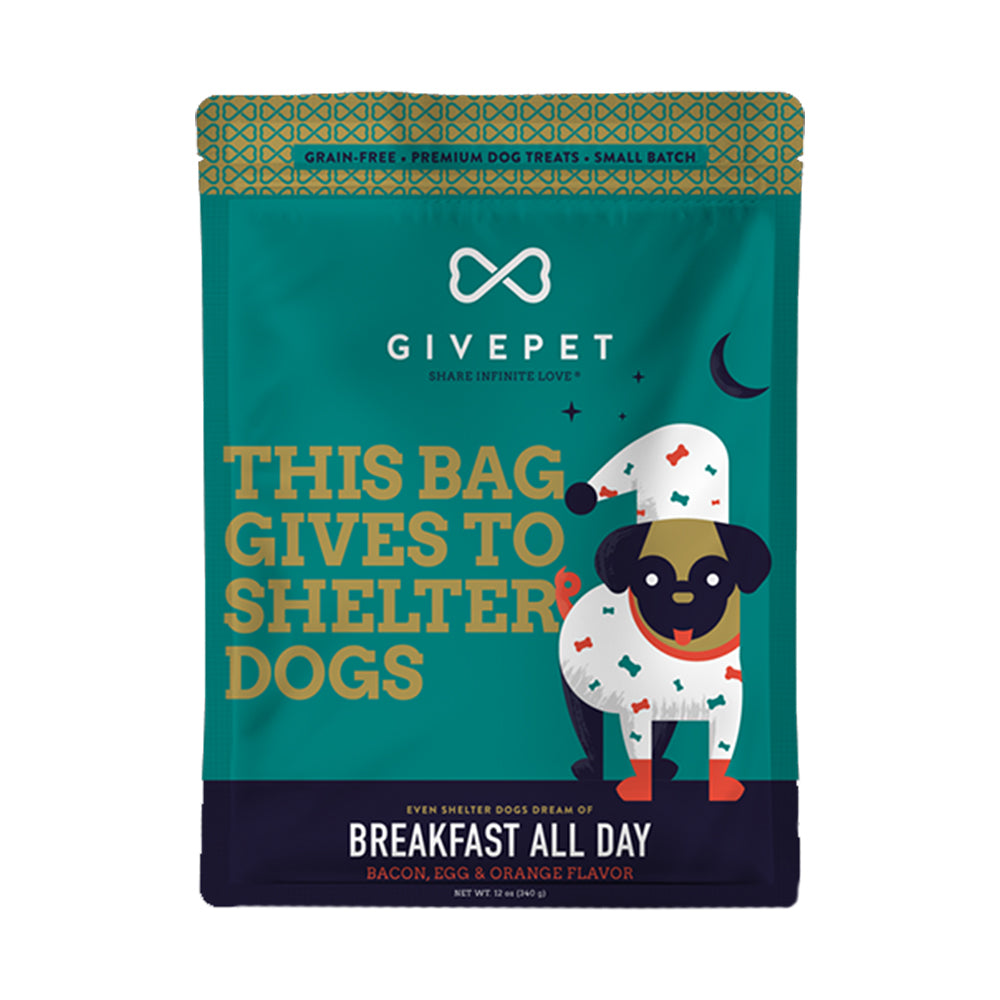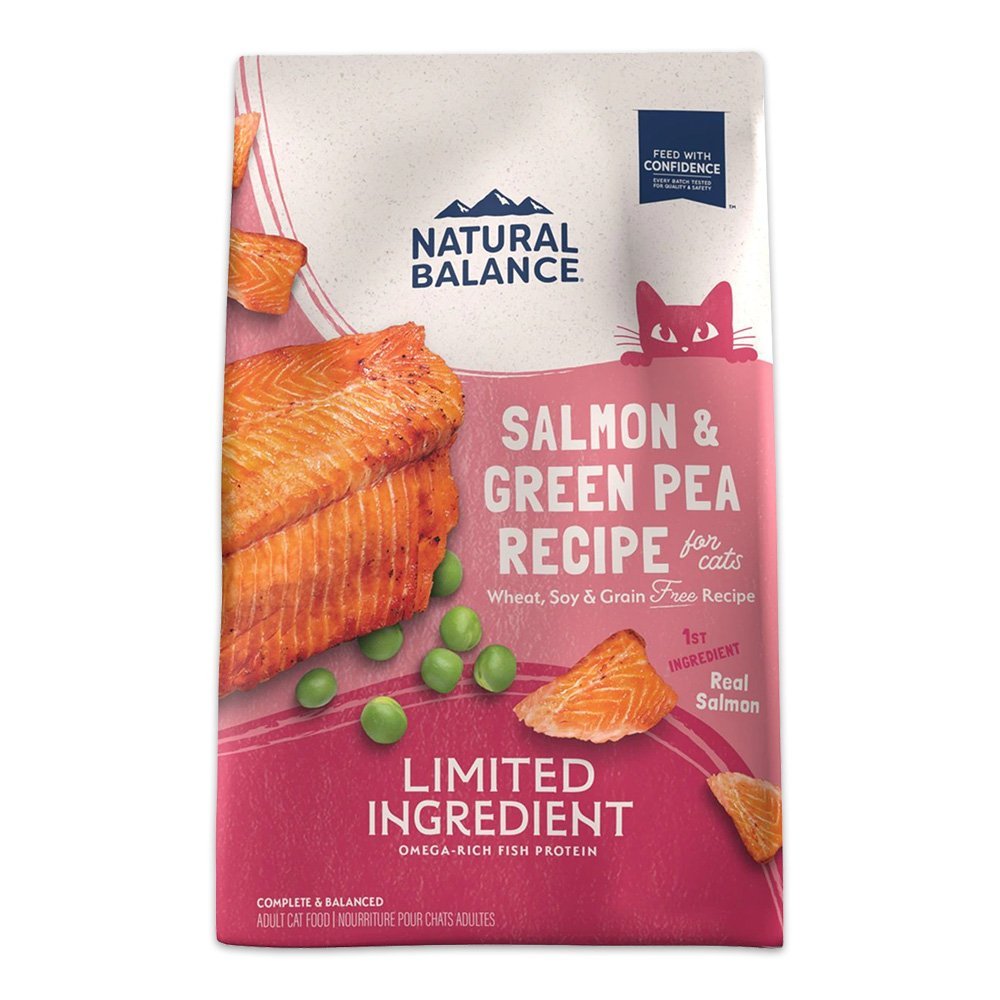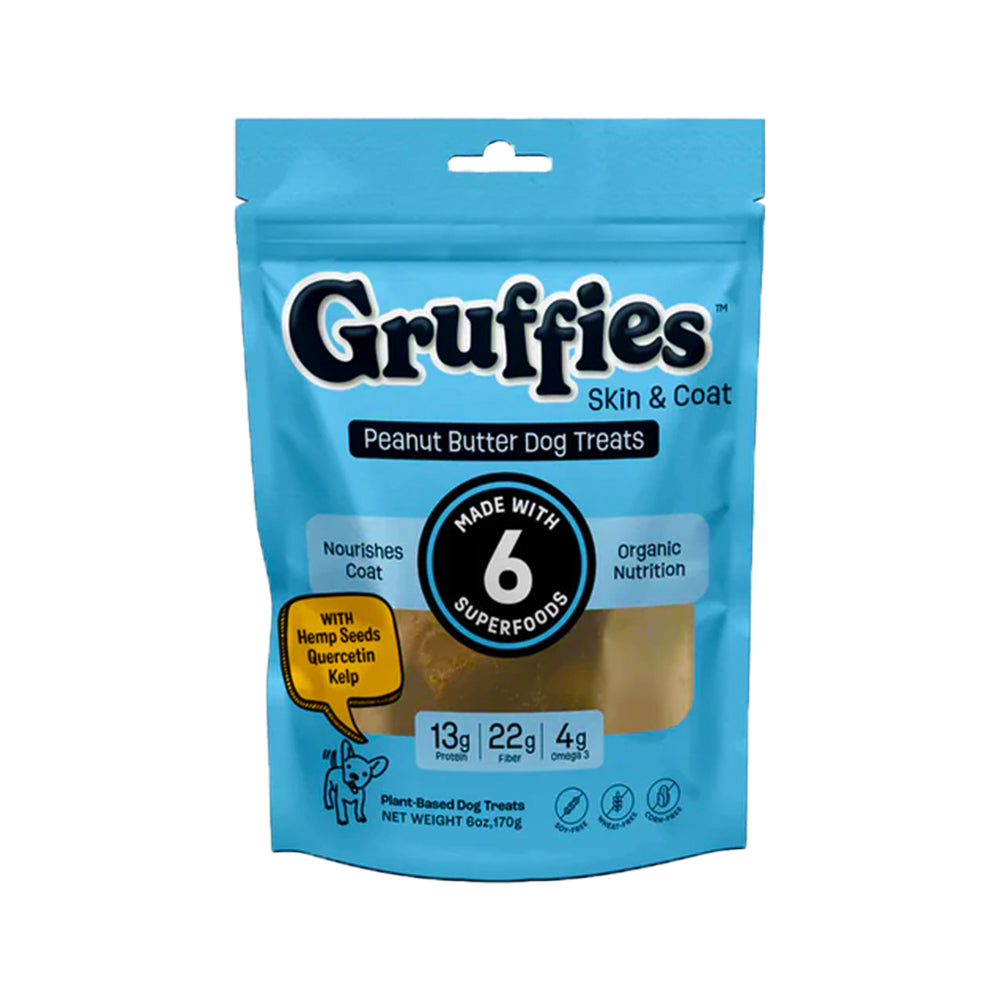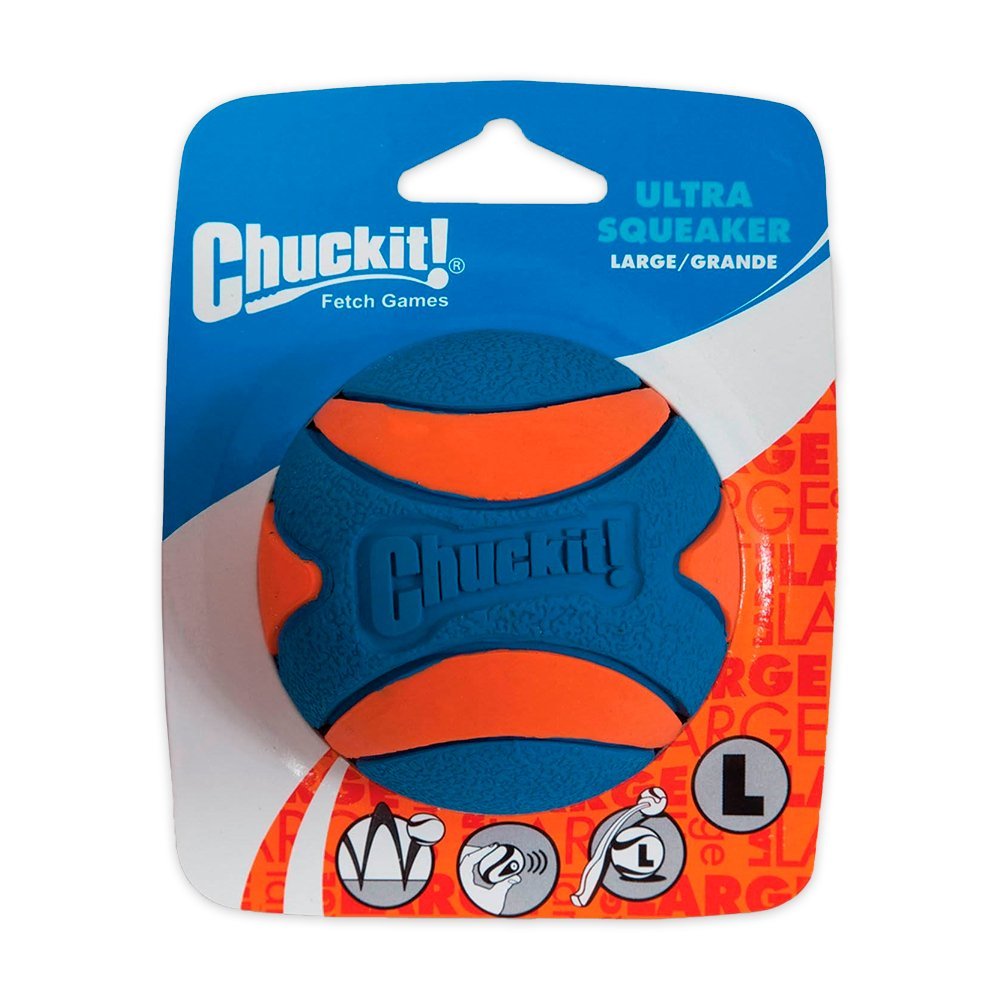As soon as you spot fleas on your pet’s body, you rush to de-flea your furry crew. When you visit the store, you get confused and start juggling squirmy pets and tiny tubes of medicine. In such a hurry, you accidentally put the dog’s flea treatment on your cat. But the question is, can you use dog flea medicine on cats?
No, you can’t.
What might seem like a quick fix or harmless mix-up can actually be extremely dangerous. It can even be life-threatening for your fur buddy. While both cats and dogs deal with fleas, their bodies process medications very differently. And flea treatments are not something that one product can fit everyone. This is because fleas on cats' symptoms are different.
So, if you’ve ever wondered what happens if you use flea and tick treatment for dogs on a cat, buckle up. We’re diving into why it’s a big no-no, what ingredients cause harm, and how to treat your cat safely without playing guessing games with flea meds.
Can You Use Dog Flea Medicine on Cats?
If you want a straight answer, it will be absolutely not.
You can trust the label that says “natural,” “gentle,” or “pet-friendly,”. However, flea and tick treatment for dogs are not meant for cats. These products are formulated for a dog’s weight, metabolism, and tolerance. Cats are smaller, more sensitive, and metabolically different. They cannot handle many of the active ingredients in dog flea medications.
Dog tick disease symptoms are different. Therefore, it's not just a “better safe than sorry” situation. It's a “this could seriously harm or kill your cat” situation. Cat owners who’ve unknowingly applied dog flea medicine have ended up in emergency vet visits, often with devastating outcomes.
Still not convinced? Keep reading.
Why Dog Flea Treatments Are Toxic to Cats
Cats and dogs metabolize chemicals in completely different ways. It’s kind of like comparing a toaster to a blender. Both are kitchen appliances, but try making a smoothie in a toaster. Not gonna end well.
When you use flea medicine made for dogs on a cat, you’re flooding their system with pesticides they can’t break down. These chemicals build up quickly and can lead to:
-
Tremors and seizures
-
Drooling and foaming at the mouth
-
Muscle twitching
-
Vomiting and diarrhea
-
Lethargy or extreme agitation
-
In severe cases, death
Yikes. All that from a little tube of dog flea goo.
Even if your cat doesn’t show symptoms immediately, delayed reactions are possible. And don’t forget — cats are self-cleaning machines. If they lick the medication, they’re ingesting poison.
Common Ingredients in Dog Flea Products That Harm Cats
So what exactly in dog flea meds is turning into a kitty nightmare?
|
Ingredient |
Found In |
Why It’s Harmful to Cats |
Symptoms of Toxicity |
|
Permethrin |
Many spot-on treatments for dogs |
Cats lack the enzymes to break it down; even a small amount can be fatal |
Tremors, seizures, drooling, twitching, death |
|
Pyrethrins |
Natural flea sprays and shampoos |
Derived from chrysanthemum flowers but toxic in high doses or concentrated forms |
Vomiting, drooling, tremors, lethargy |
|
Tea Tree Oil |
Natural or essential oil-based products |
Even small amounts are dangerous when applied or ingested |
Drooling, wobbling, vomiting, liver issues |
|
Eucalyptus Oil |
Natural dog flea collars or sprays |
Strong-smelling oil that can cause irritation and nervous system problems in cats |
Salivation, vomiting, depression, breathing issues |
|
Peppermint Oil |
“Fresh-scent” dog flea treatments |
Can cause skin burns, respiratory distress, and liver toxicity in felines |
Vomiting, difficulty breathing, lethargy |
 What to Do If You Accidentally Put Dog Flea Medicine on Your Cat
What to Do If You Accidentally Put Dog Flea Medicine on Your Cat
First of all, don’t panic — but act fast.
Step 1: Wash it off immediately
Use mild dish soap (like Dawn) and lukewarm water to wash off the flea and tick treatment for dogs medication from your cat’s fur. Don’t wait for symptoms to show. Do this even if they seem fine.
Step 2: Call your vet or an emergency clinic
Even after washing, your cat may have absorbed some toxins. Describe the brand, ingredients (if known), and how much was applied.
Pro tip: Take a photo of the packaging or bring it with you.
Step 3: Monitor closely
Symptoms can show up within hours. Watch for shaking, drooling, unsteady walking, or abnormal behavior.
Step 4: Do NOT try home remedies
Please avoid Googling strange detox methods or giving your cat milk (seriously, that’s a myth). Just get professional help.
Safe Flea Treatment Alternatives for Cats
Now let’s give you the good news. There are plenty of safe, vet-approved flea solutions that are made just for cats.
Here are a few best flea treatment for cats:
Vetality Firstect Plus Flea & Tick Treatment
Keep your kitty flea-free without the stress! This treatment offers quick, long-lasting protection from both fleas and ticks.
|
Feature |
Details |
|
Best For |
Overall protection from fleas, flea eggs, and ticks |
|
Speed of Action |
Fast-acting |
|
Duration |
Long-lasting effects |
|
Safety |
Safe for cats over 8 weeks of age |
Advantage II for Cats
This vet-favorite starts killing fleas within hours and keeps them off for weeks — no scratching, no problem!
|
Feature |
Details |
|
Best For |
Trusted, vet-recommended best flea treatment for cats |
|
Speed of Action |
Starts killing fleas within 12 hours |
|
Duration |
Prevents reinfestation for up to 30 days |
|
Application Type |
Easy-to-apply topical solution |
Cheristin for Cats
Specially formulated just for felines, Cheristin starts working fast and gives your cat a full month of peace.
|
Feature |
Details |
|
Best For |
Fast relief with long-term protection |
|
Speed of Action |
Starts working within 30 minutes |
|
Duration |
One dose lasts a full month |
|
Designed For |
Cats only – feline-safe formula |
Vet’s Best for Cats
For those “uh-oh” flea moments, this oral treatment kicks in fast. It works amazingly for travel or severe infestations.
|
Feature |
Details |
|
Best For |
Fast oral solution for quick knockdown |
|
Speed of Action |
Works within 30 minutes |
|
Ideal Use Cases |
Heavy infestations, emergencies, or travel |
These treatments are formulated with your cat’s unique biology in mind. Just follow the instructions and dosage by weight. Also, if in doubt, your vet is always there to help you.
Tips to Avoid Confusion Between Cat and Dog Medications
So, how do you prevent a mix-up? Let’s keep things simple with these smart tips:
1. Store all products individually for cats and dogs
Keep cat meds in one bin, dog meds in another. Also, don’t forget to keep it clearly labeled so that there is no confusion. The ultimate solution is that if there are no mix-ups, then there will be no mistakes.
2. Use different brands for each pet
If possible, choose a completely different brand for your cat and dog. So, if the packages don’t look alike, then there will be no chaos at all..
3. Treat pets one at a time
Focus on one furball at a time. Do not try to take care of all the pets together during flea treatment day. Just keep in mind that it’s not a race that you have to complete as soon as possible!
4. Double-check the label
Always look for “best flea treatment for cats only” or “not for use in cats.” This lets you make a confirmed purchase and not just make a random guess. Ultimately, it is for your cutest little member, so you need to be fully confident.
5. Educate everyone in the house
Make sure everyone in the house knows not to use flea and tick treatment for dogs on the cat. So, when you are not at home at least they are aware of which product to use on which pet.
Final Word: Love Your Cat? Skip the Dog Meds.
Your cat may not speak your language (unless meowing at 3 AM counts). However, their body has a way of screaming for help when exposed to toxins. So, can you use dog flea medicine on cats? No, it can be a big mistake. However, it can turn into a medical emergency too.
Always remember to:
- Stick with specific best flea treatment for cats from trusted sources like Kwik Pets
Read the labels carefully:
- Always have a chat with your vet when unsure.
- Because when it comes to your cat’s health, there’s no room for guesswork. You need to do everything with purr-fection.
